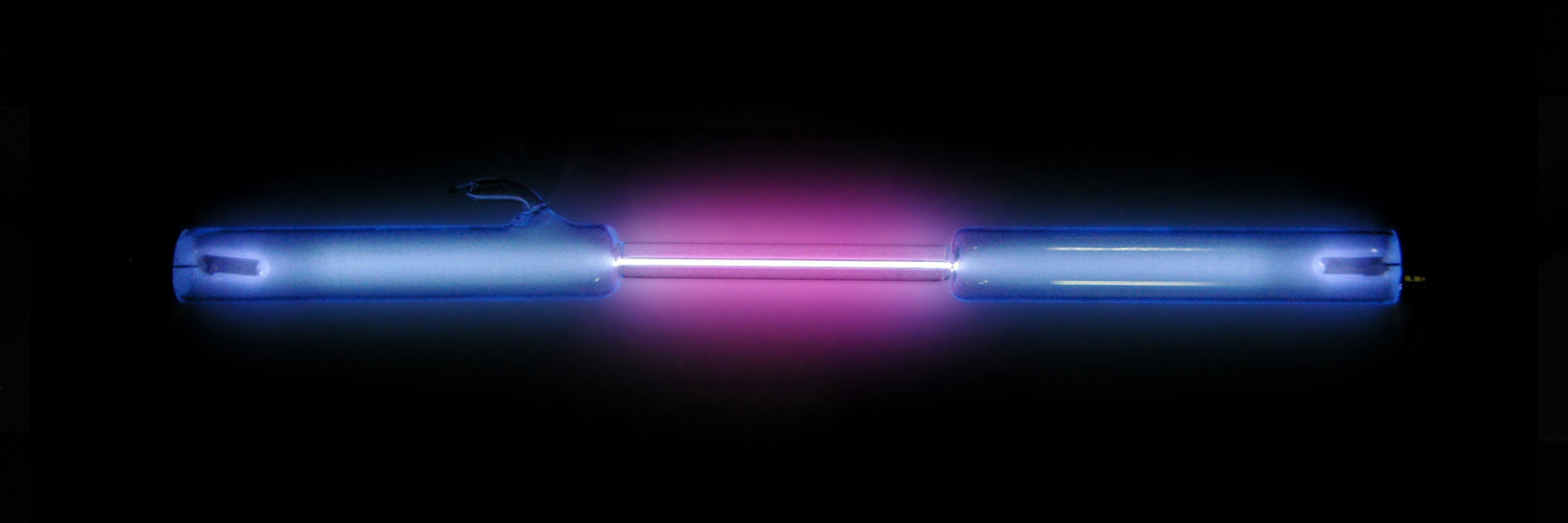Hydrogen is the chemical element with atomic number 1. It is represented by the symbol “H”. It is the lightest and most abundant chemical element, making up about 75 % of the mass of the Universe.
A hydrogen atom usually has one proton in its nucleus and no neutrons. It has one electron in its electron shell.
Hydrogen is very reactive and easily catches fire in the presence of oxygen. Hydrogen combines with oxygen to make water (H2O). The name hydrogen means ‘makes water’ in Greek. Hydrogen as water (H2O) is absolutely essential to life on Earth.
Because it is so light, hydrogen gas was originally used in airships. Then just before World War II there was a terrible accident. An airship filled with hydrogen, called the Hindenburg, caught fire as it was trying to dock. There happened to be many news cameras there, to film the airship, so footage of the terrible fire was shown around the world and the disaster became very famous.
After that, hydrogen airships were deemed far too dangerous due to the risk of fire. Even though, actually, aeroplanes at the time weren’t very safe, and statistically, airships were safer. The dramatic footage created such a memorable image that it essentially doomed the airship business.
Hydrogen is used in very large quantities in the chemical and petroleum industries. In food industries, hydrogen is used to hydrogenate oils or fats, which is how margarine is made from liquid vegetable oil.
Hydrogen is also used to produce methanol and hydrochloric acid, as well as being used as a reducing agent for metal ores.

